Scythian or Meotian Pseudo-Illyrian Helmet 1st century BC A helmet of Pseudo-Illyrian form, the bowl made of two pieces of bronze, decorated from front to back by two hemispherical ribs, forming a double edge which runs from back to the front of the helmet, the two halves of the crown overlapping along the dividing seam, with three bronze rivets still visible; cheek-pieces either side. 667 grams, 23.5cm (9 1/4"). Fair condition, restored. Provenance From a London W1, UK, collection; acquired on the German art market before 2000; accompanied by an academic report by military specialist Dr Raffaele D'Amato Literature Cf. Chernenko, E. V. Skifskii dospekh (Scythian armour), Kiev, Naukova dumka (in Russian), 1968; Dedjulkin, A. V. 'Locally Made Protective Equipment of the Population of North-Western Caucasus in the Hellenistic Period', in Stratum Plus, n.3, 2014, pp.169-184; Симоненко А. В., 'Шлемы сарматского времени из Восточной Европы' (Sarmatian Age Helmets from Eastern Europe), in Stratum Plus, n.4, 2014, pp.249-284; Новичихин А. М., 'Новый «меотский» шлем', (Novichikhin, A.M., 'A new Meotian helmet) in Parabellum Novum, Military History Journal, n.3 (36), Санкт-Петербург, 2015. This helmet is very similar to various samples found in the Scythian graves, although his origin is Mediterranean. Symonenko in 2014 individuated at least nine specimens of such category, partially fragmented or half broken, which he categorised variant I of the Illyrian helmet. He mentioned also the presence of three further helmets of this category in private collections, and one more in USA, plus a specimen in the Safari Park of Gelendzhik. All helmets of this type were found in the North-Western Caucasus (in Adygea). The name of the typology came from the constant presence, on helmets of such category (especially characteristic of the so-called insular Illyrian helmets), of the double edge decorating the crown front to back. The chronological gap in the production of the original prototypes (from VII century BC on) and of these other specimens makes difficult to see the influence of the Illyrian helmets on the genesis of the pseudo-Illyrians (III-I century BC). However one find in the necropolis of Nymphae (Chernenko, 1968, 92-93, fig.51)
Scythian or Meotian Pseudo-Illyrian Helmet 1st century BC A helmet of Pseudo-Illyrian form, the bowl made of two pieces of bronze, decorated from front to back by two hemispherical ribs, forming a double edge which runs from back to the front of the helmet, the two halves of the crown overlapping along the dividing seam, with three bronze rivets still visible; cheek-pieces either side. 667 grams, 23.5cm (9 1/4"). Fair condition, restored. Provenance From a London W1, UK, collection; acquired on the German art market before 2000; accompanied by an academic report by military specialist Dr Raffaele D'Amato Literature Cf. Chernenko, E. V. Skifskii dospekh (Scythian armour), Kiev, Naukova dumka (in Russian), 1968; Dedjulkin, A. V. 'Locally Made Protective Equipment of the Population of North-Western Caucasus in the Hellenistic Period', in Stratum Plus, n.3, 2014, pp.169-184; Симоненко А. В., 'Шлемы сарматского времени из Восточной Европы' (Sarmatian Age Helmets from Eastern Europe), in Stratum Plus, n.4, 2014, pp.249-284; Новичихин А. М., 'Новый «меотский» шлем', (Novichikhin, A.M., 'A new Meotian helmet) in Parabellum Novum, Military History Journal, n.3 (36), Санкт-Петербург, 2015. This helmet is very similar to various samples found in the Scythian graves, although his origin is Mediterranean. Symonenko in 2014 individuated at least nine specimens of such category, partially fragmented or half broken, which he categorised variant I of the Illyrian helmet. He mentioned also the presence of three further helmets of this category in private collections, and one more in USA, plus a specimen in the Safari Park of Gelendzhik. All helmets of this type were found in the North-Western Caucasus (in Adygea). The name of the typology came from the constant presence, on helmets of such category (especially characteristic of the so-called insular Illyrian helmets), of the double edge decorating the crown front to back. The chronological gap in the production of the original prototypes (from VII century BC on) and of these other specimens makes difficult to see the influence of the Illyrian helmets on the genesis of the pseudo-Illyrians (III-I century BC). However one find in the necropolis of Nymphae (Chernenko, 1968, 92-93, fig.51)
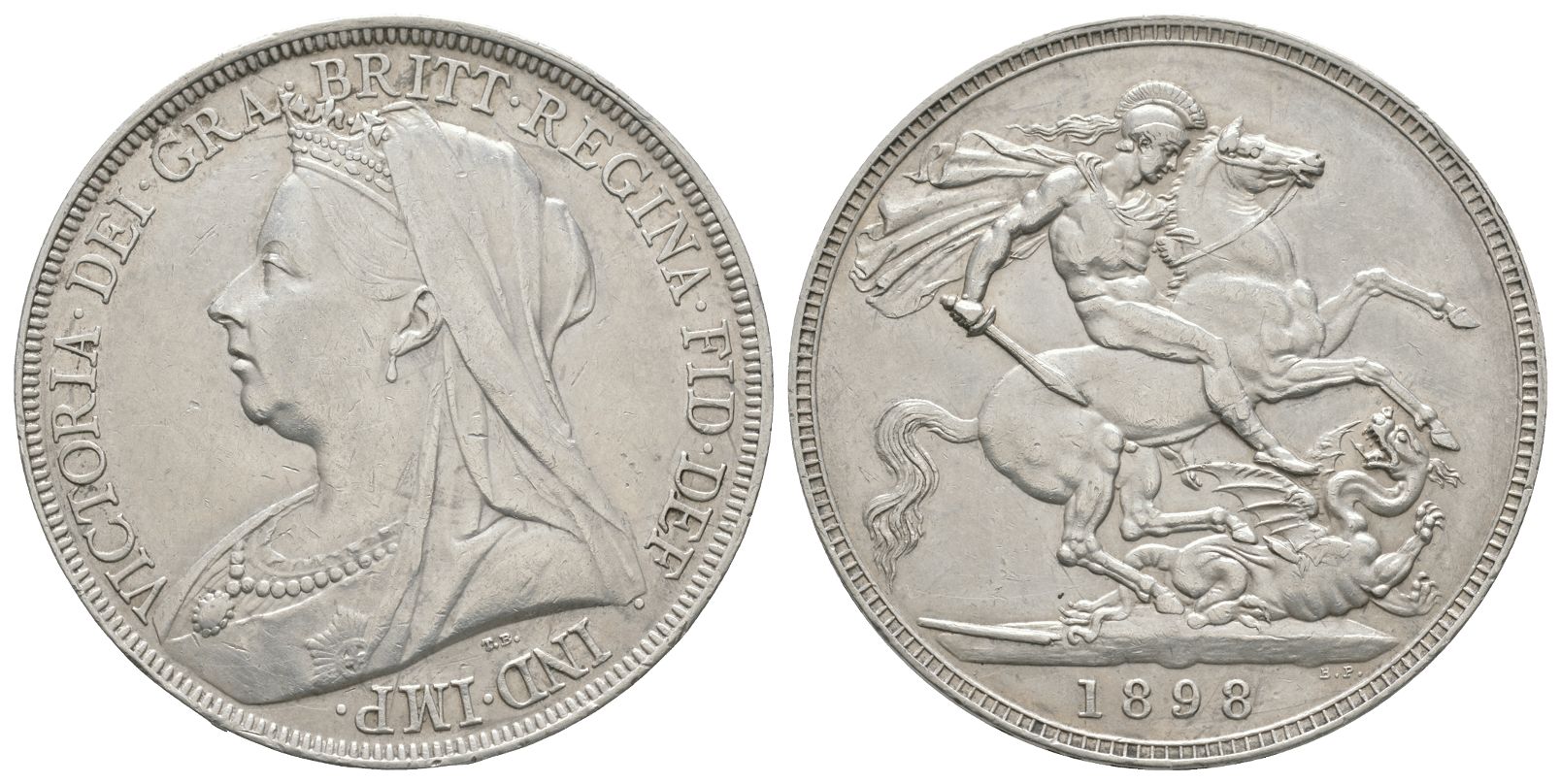
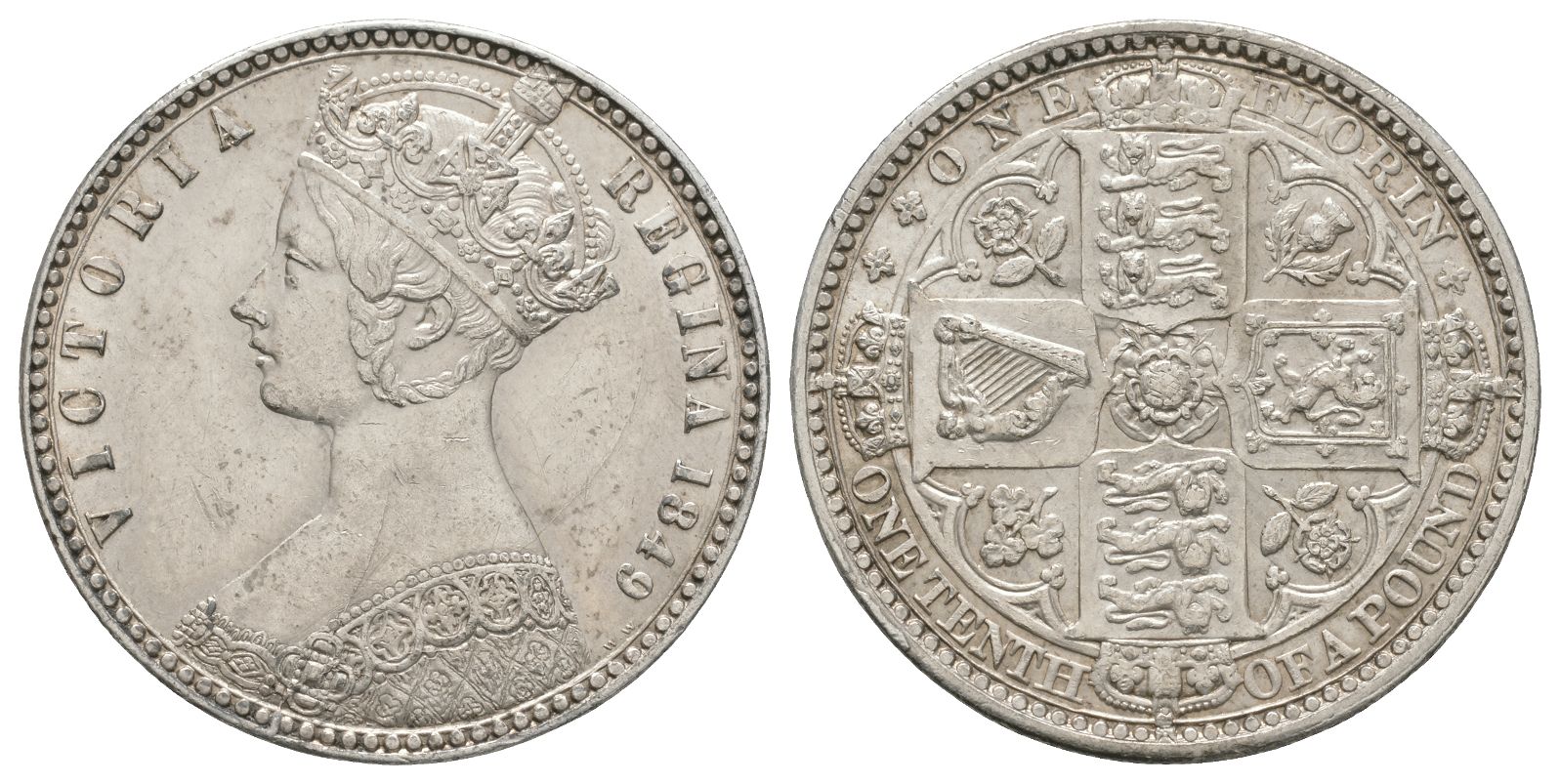
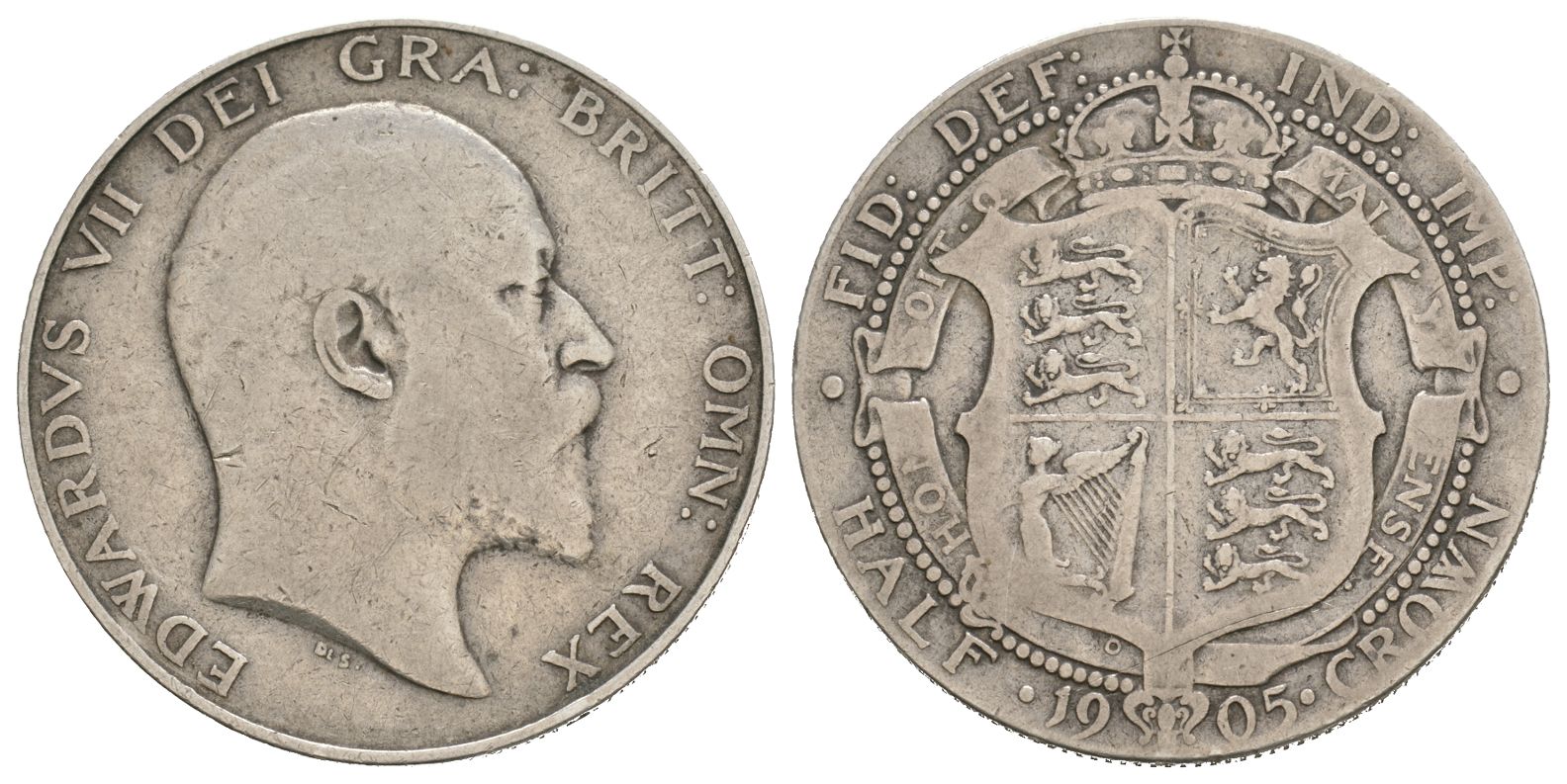
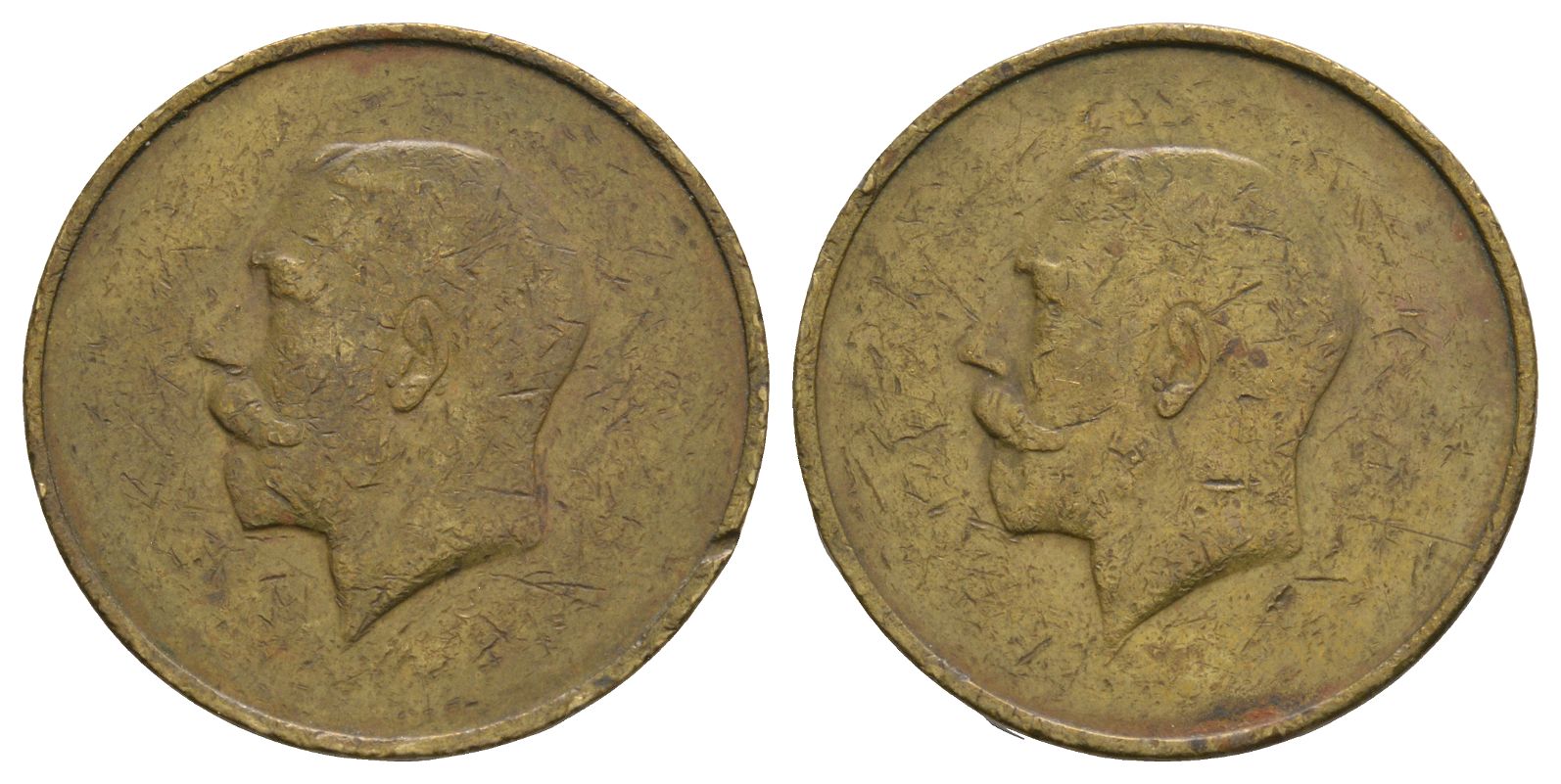
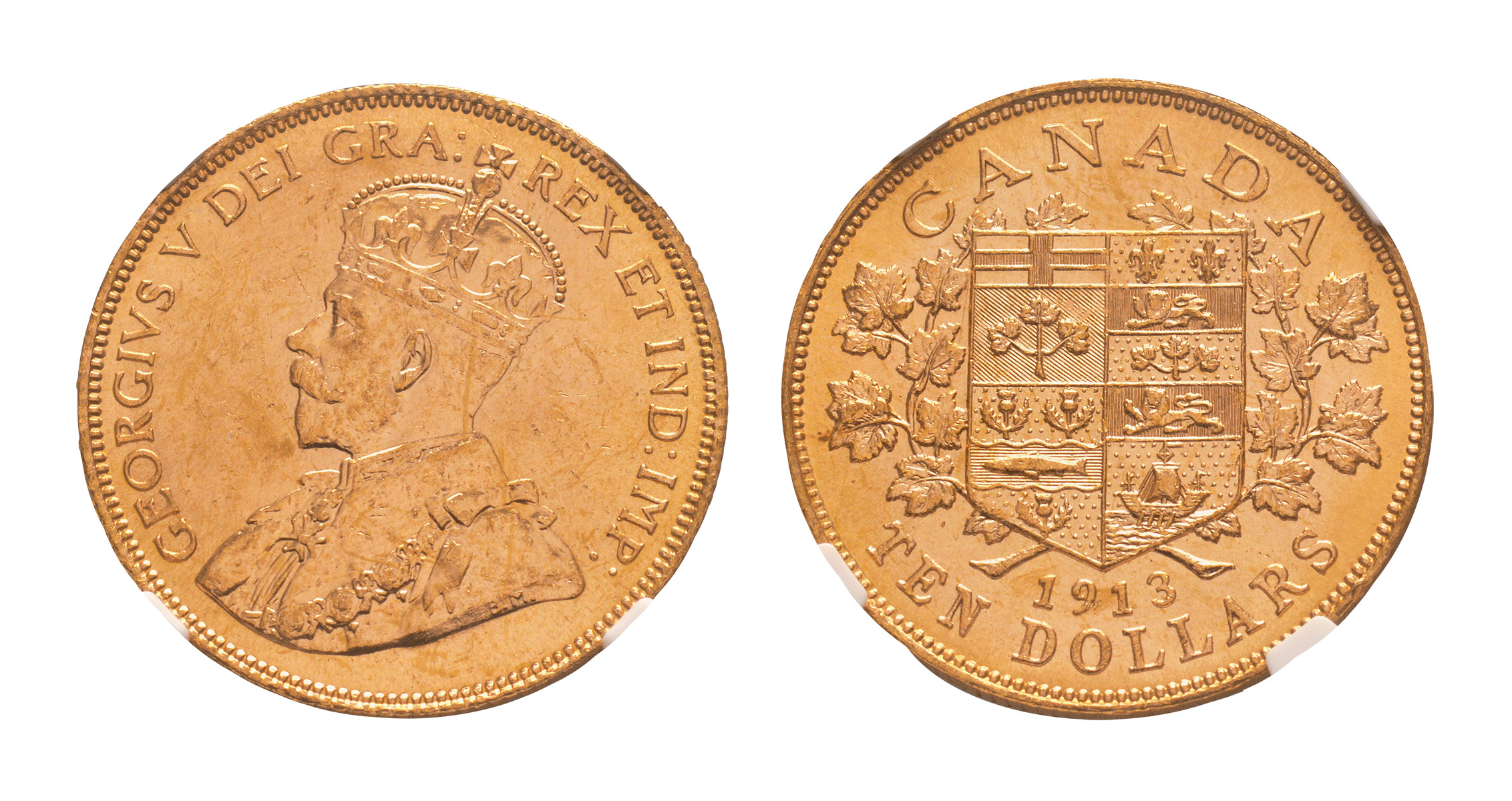
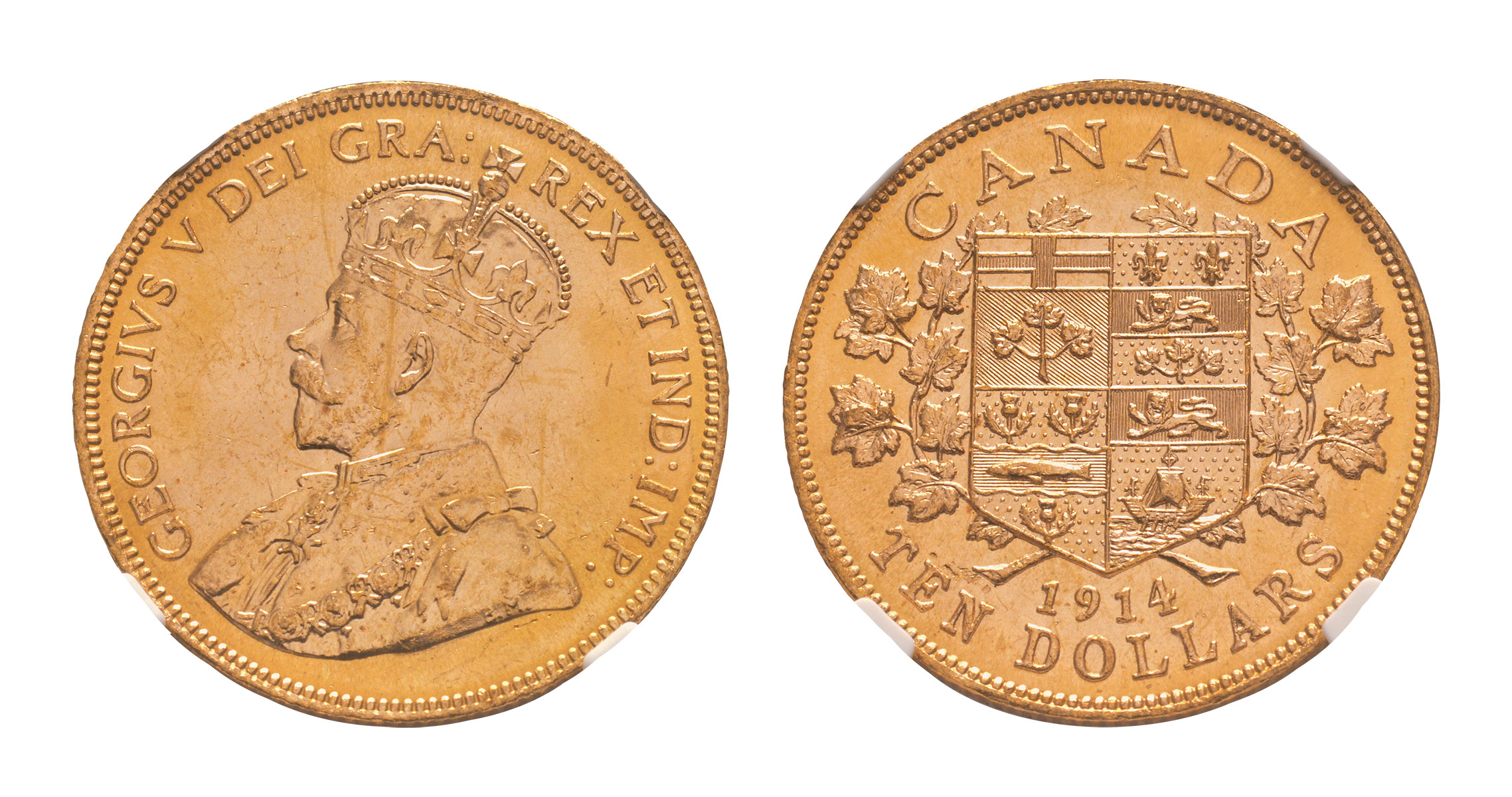
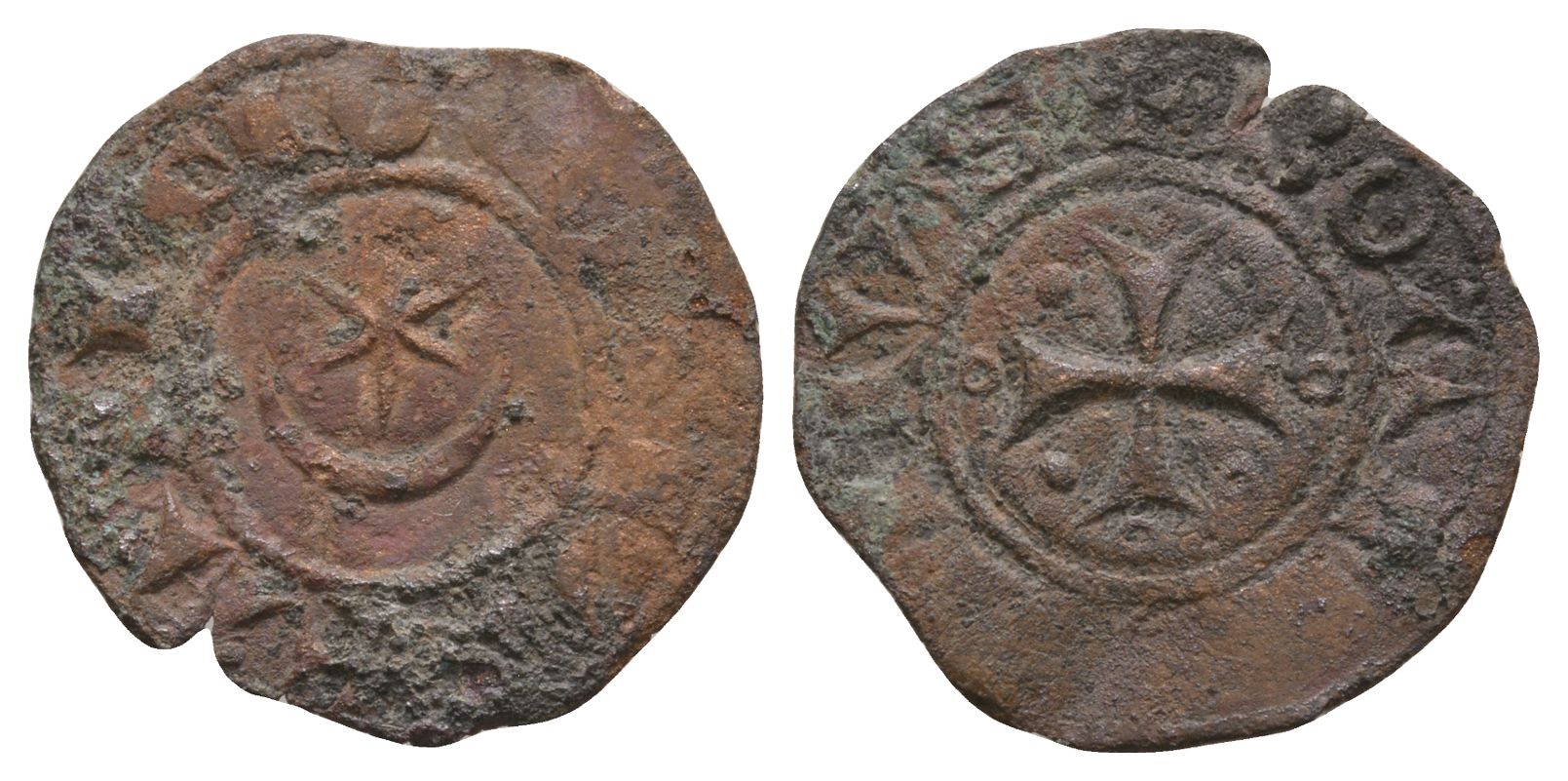
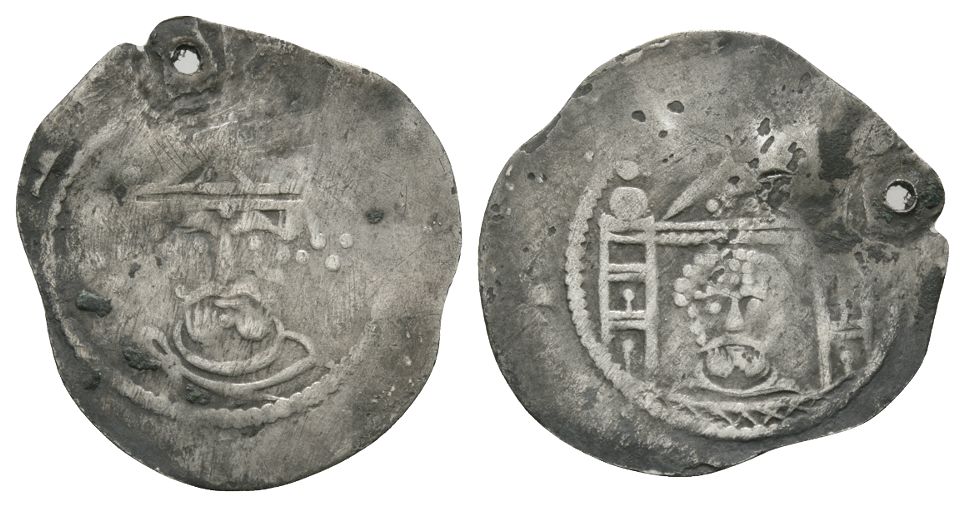
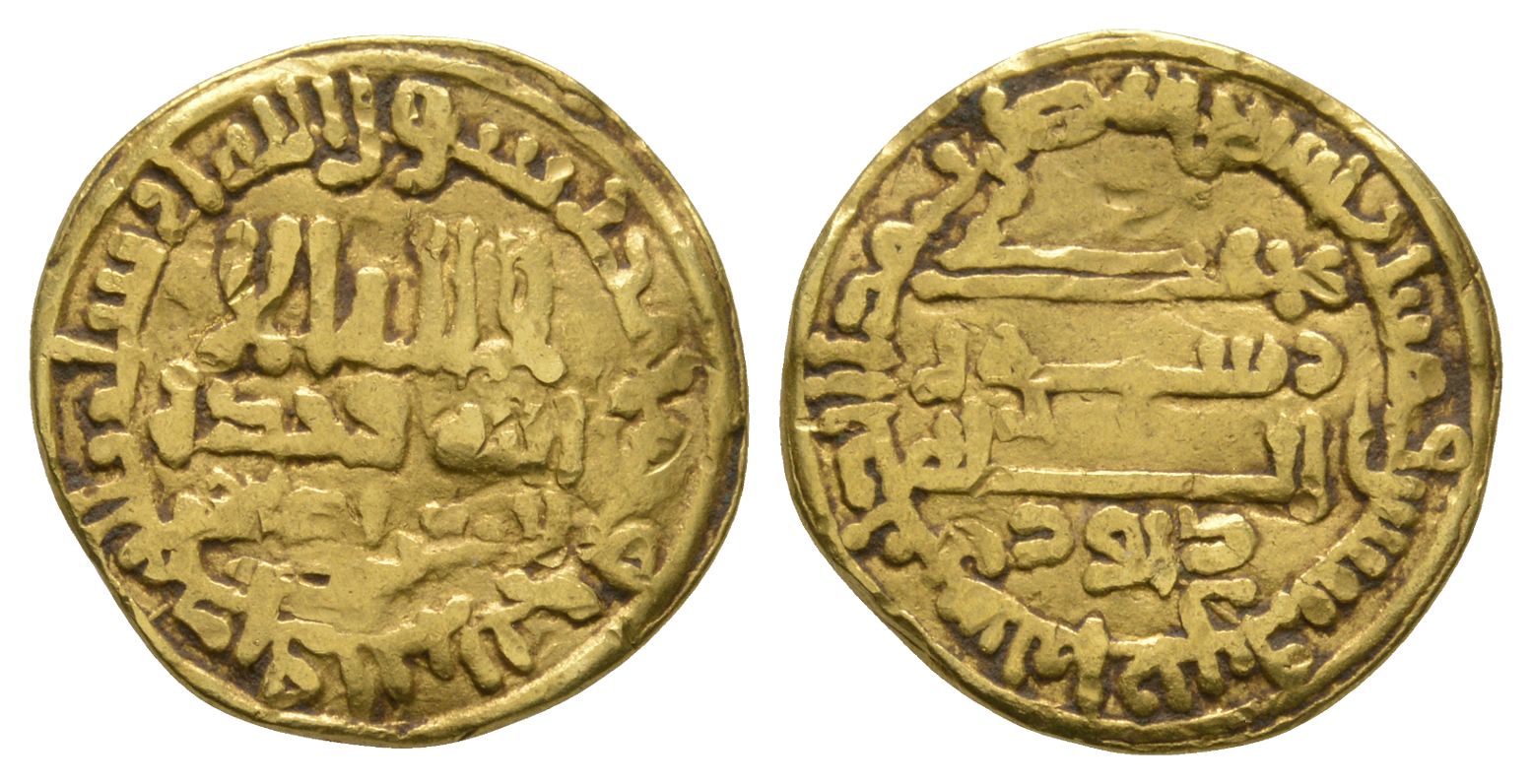
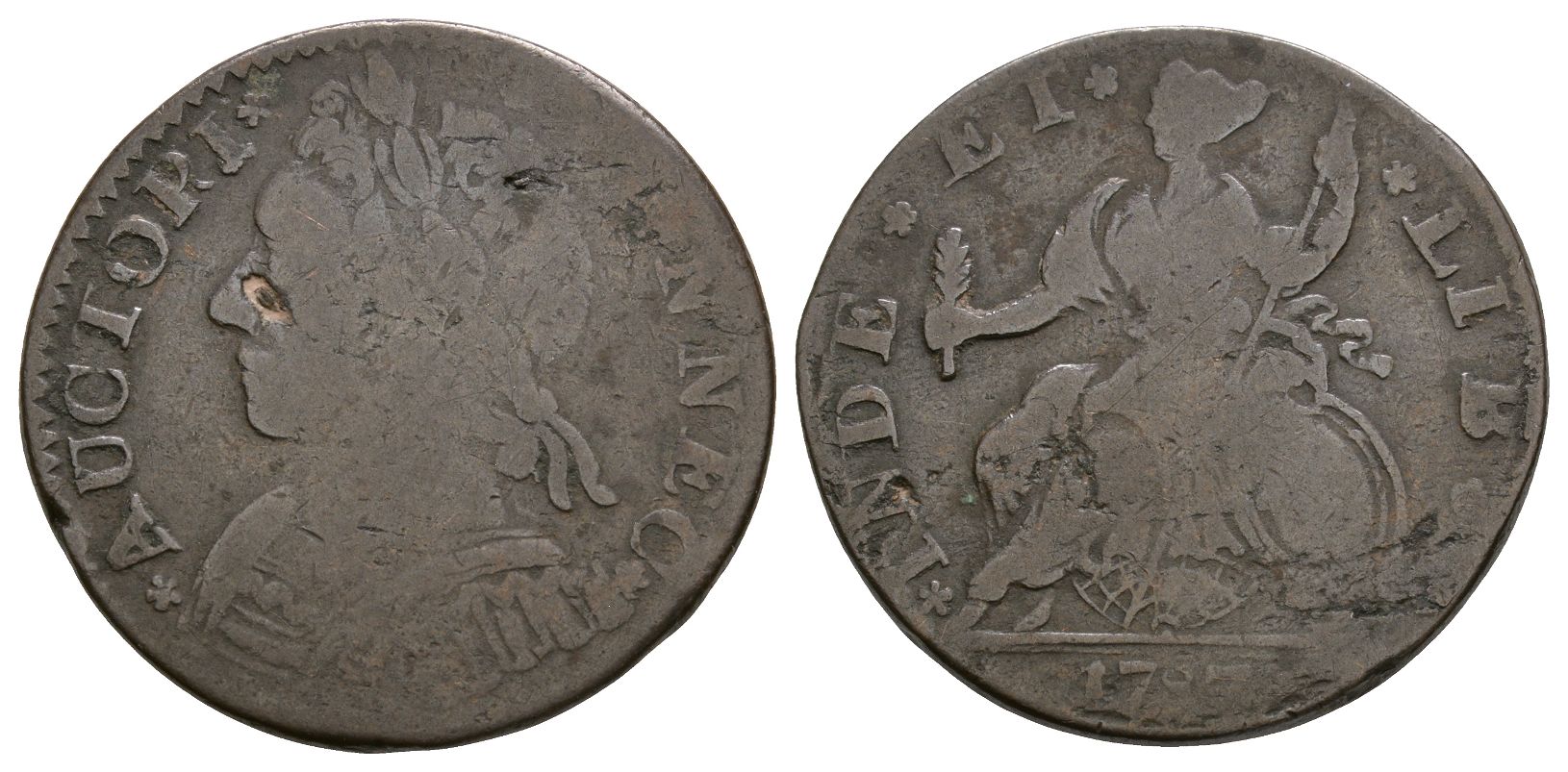
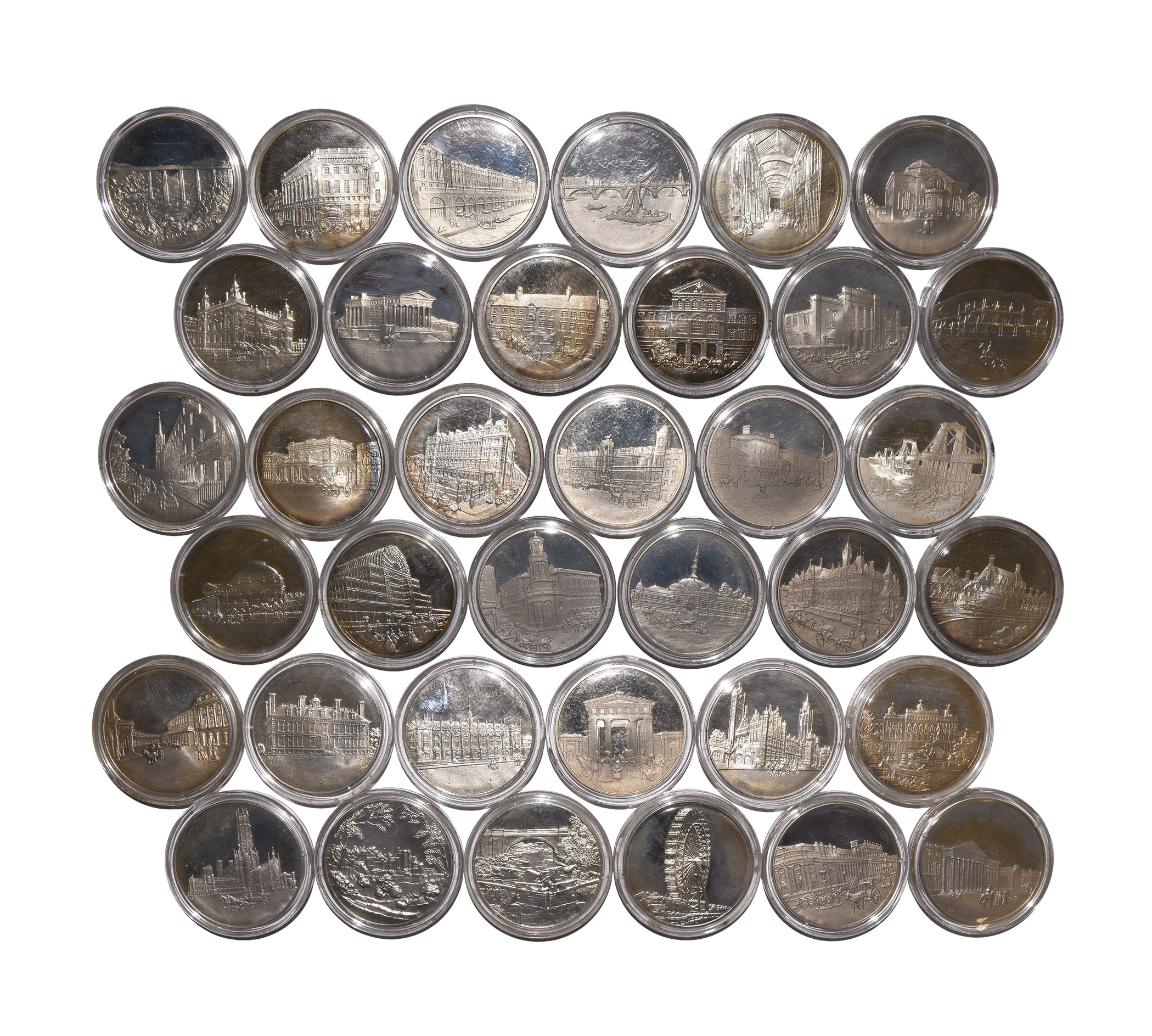
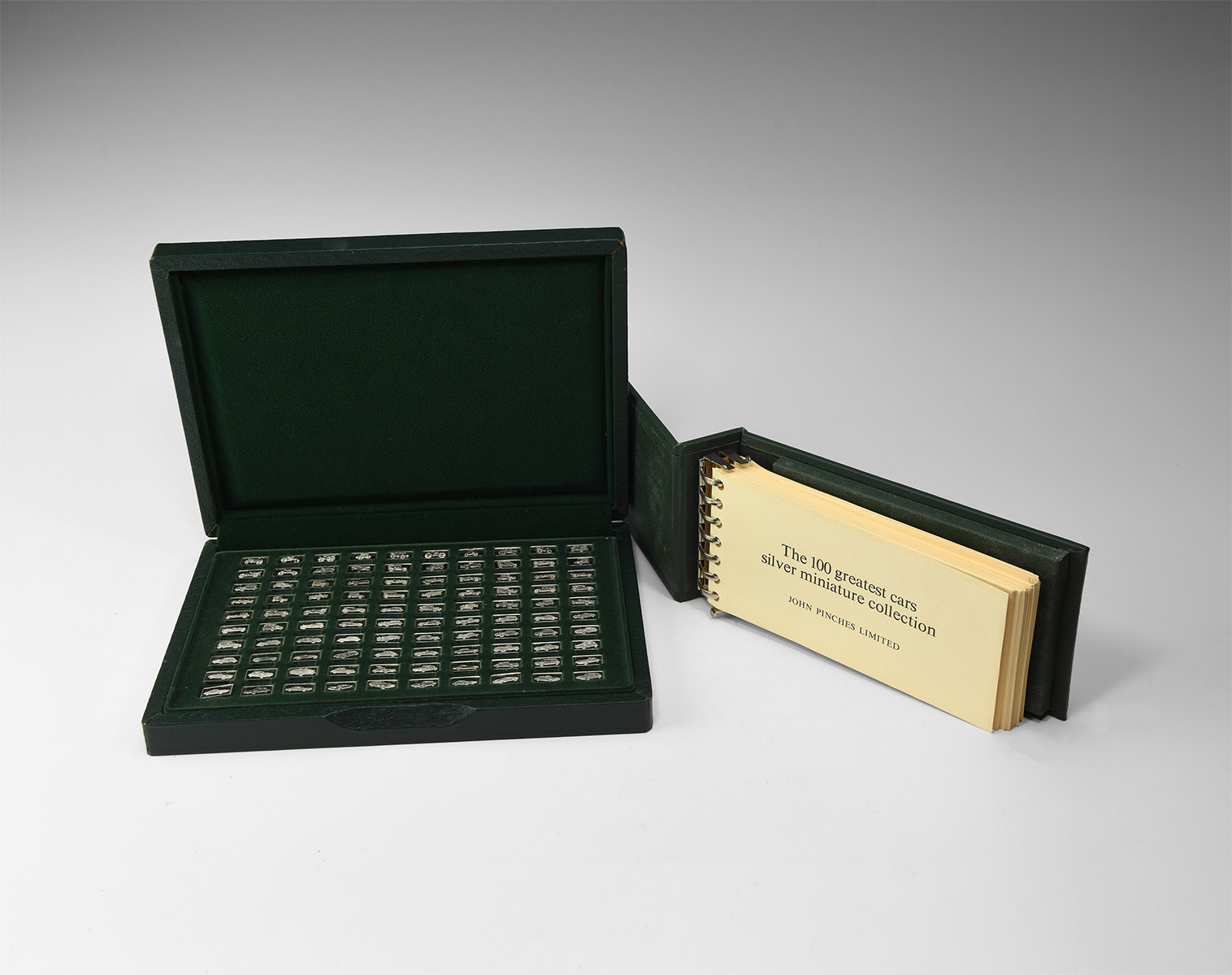
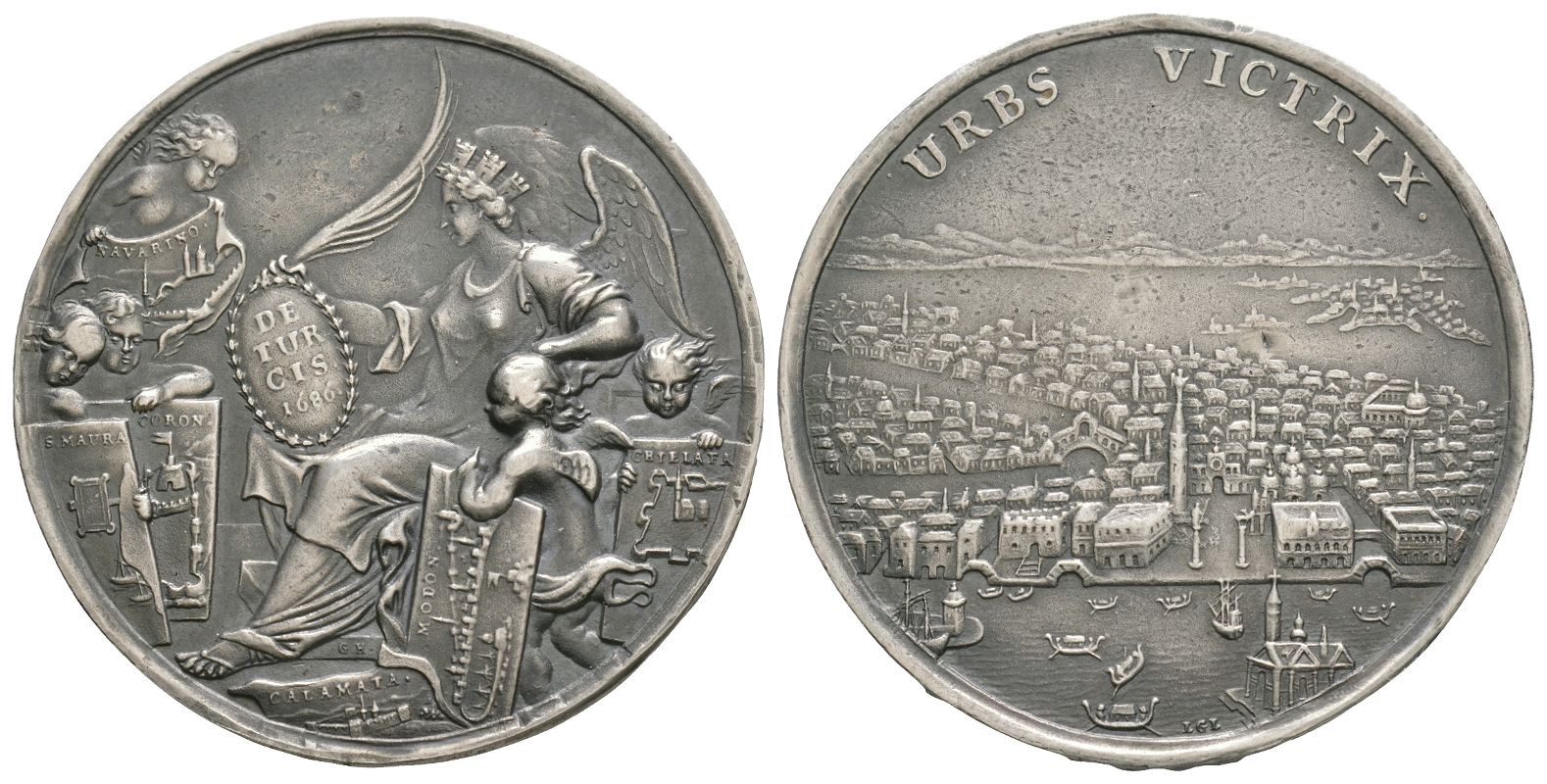
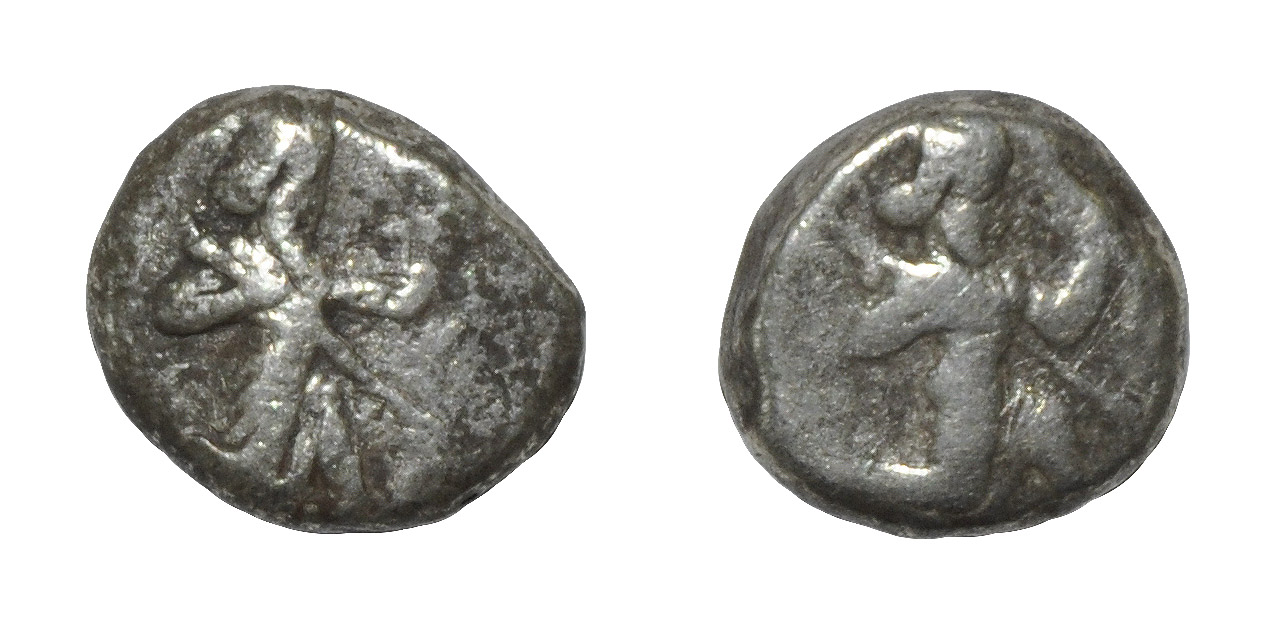
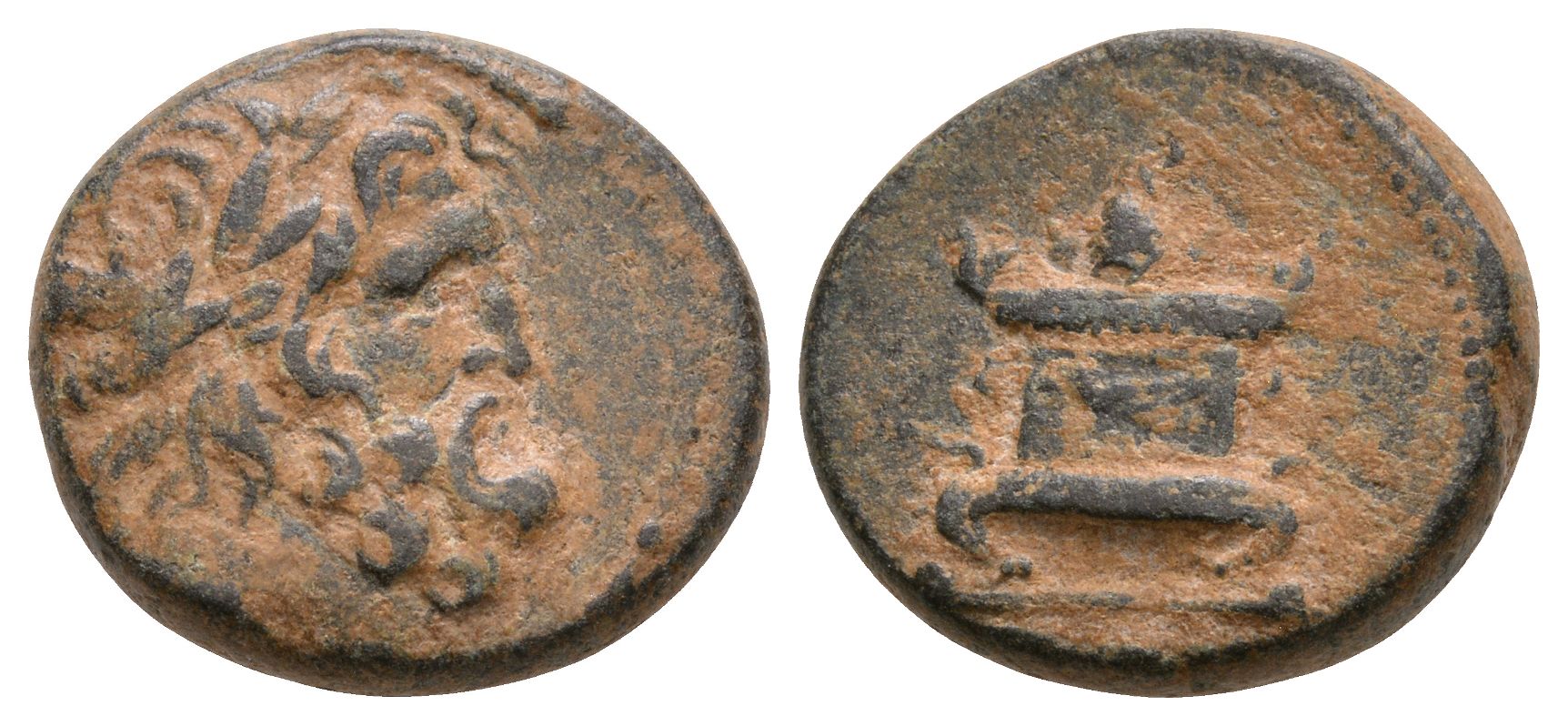
Testen Sie LotSearch und seine Premium-Features 7 Tage - ohne Kosten!
Lassen Sie sich automatisch über neue Objekte in kommenden Auktionen benachrichtigen.
Suchauftrag anlegen